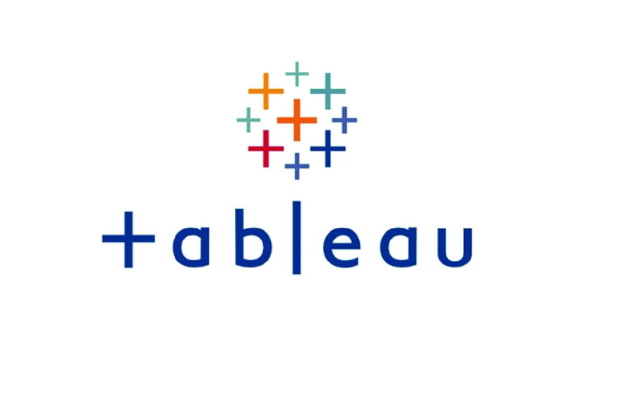- Likes
- Followers
- Followers
- Followers
- Subscribers
- Followers
- Members
- Followers
- Members
- Subscribers
- Subscribers
- Posts
- Comments
- Members
- Subscribe
Features-Tableau Data Visualization Business Intelligence Tool

Tableau data visualization software is a powerful business intelligence tool from Salesforce also called Salesforce Tableau, that is widely used for data visualization and analytics. It allows users to connect to various data sources, create interactive and shareable dashboards, and gain insights from their data. It falls in the category of Business Intelligence tools which are used to streamline raw data into actionable insights to empower decisions. Tableau is the most powerful data visualization tool, in this article I’ll showcase some of the features utilized in software companies by the software developers, if needed you can refer the Tableau developer program.
1. Data Connection
Tableau can connect to a variety of data sources, including databases, spreadsheets, cloud services, and more. It supports live connections as well as data extracts for improved performance thus users can connect to and analyze data from diverse platforms.
2. Data Visualization Through Intuitive Interface
Tableau provides a user friendly drag-and-drop interface for creating interactive visualizations such as charts, graphs, maps, and dashboards. Users can easily explore and analyze data by interacting with visual elements. It does not require any coding and technical skills to create the visualization.
3. Interactivity Through Dashboards
Dashboards in Tableau allow users to combine multiple visualizations into a single, cohesive view. Interactivity is a key feature, enabling users to filter, highlight, and drill down into the data. Users can create interactive dashboards and reports that allow stakeholders to explore and interact with data dynamically.
4. Data Blending and Real Time Analysis
Users can blend data from different data sources seamlessly, facilitating the holistic analysis of information from disparate datasets. Also, users can interact with Tableau in real time, allowing users to connect to live data sources and update visualizations as new data becomes available.
5. Sharing and Collaboration
Tableau allows users to share their visualizations and dashboards easily. Tableau workbooks can be shared in various formats, including Tableau Server, Tableau Online, and Tableau Public (Tableau Public is a free platform to explore, create and publicly share data visualization online) . Collaboration features enable teams to work on projects collaboratively.
Posts You May Like
6. Advanced Analytics
Tableau supports advanced analytics through integration with data science programming languages and machine learning programming languages such as R and Python. Calculations and scripting can be applied to enhance the depth of analysis.
7. Data Preparation and Customization
Tableau includes features for cleaning, shaping, and preparing data for analysis, streamlining the data preparation process. Tableau has the capability to customize the data visualization thorough various appearance and formatting customization options.
8. Security and Scalability
Tableau provides security features to control access to data and dashboards, ensuring that sensitive information is protected. Tableau is highly scalable which makes it suitable for small businesses to larger enterprises. It has ability to handle large datasets and complex analytics scenarios.
9. Mobile Compatibility
Tableau dashboards are responsive and can be viewed on various devices, including smartphones and tablets.
10. Community and Support
Tableau has a strong user community where users can share knowledge, tips, and resources. The platform also offers documentation, training, and support resources.
Overall, Tableau is valued for its user-friendly interface, flexibility, and the ability to turn raw data into actionable insights through compelling visualizations. It’s widely used across industries for business intelligence, reporting, and decision-making.
Image credit- Canva


[…] Tableau is the business intelligence tool and analytics software which is used for data visualization and works as business intelligence platform. Its key features include interactive dashboards, real-time analytics, and extensive data connectivity. […]